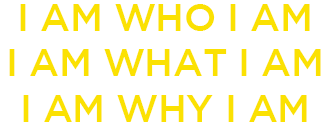“A man of wisdom delights at water” — Confucius
Water is like the universe: one thing and yet many things.
As it’s everchanging, describing water is beyond the grasp of words; other than that it is what it is whatever it is.
Water manifests different shapes (clouds, rivers, oceans) and forms (vapor, liquid, and ice).
Water is interdependent, as a wave cannot be a wave without the sea.
Water is interconnected, from cloud to rain to river to sea.
As drops of water, we fear not rain over us. Together as a flood, water reigns over us.
On water we effortlessly float or panic and sink.
While essential to life, water also brings drowning and death.
Sound travels four times faster and further in water than air, though we can’t hear what someone is saying underwater.
Water is odorless and tasteless, yet present in everything that smells and tastes.
Though colorless in a glass, water has a bluish hue when it gathers in the ocean.
Water in lakes and oceans seems impassable, but the easiest path between places is by boat over water.
Still water is dead-silent. Moving water is alive with sounds.
In a pond, still water is clear and turbulent water opaque.
Seeing ourselves and surroundings in a reflecting pond, we don’t notice the water.
Water is impossible to grasp, but easily captured in cupped hands.
Water is weak, flowing to places of least resistance; unlike fire which destroys all in its way. Yet, water easily extinguishes fire.
While not hard like stone, high-pressure water cuts stone like it’s butter.
A quart of water weighs more than a quart of ice; as water expands when it freezes, unlike most materials which contract when transitioning from liquid to solid.
Water symbolizes the cycle of life. Water is born as rain, lives in the oceans and disappears as vapor, forming clouds for its rebirth.
Water is what it is whatever it is, but how we see it is a reflection of who we are. A man of wisdom sees water variously. That’s the essence of wisdom.

